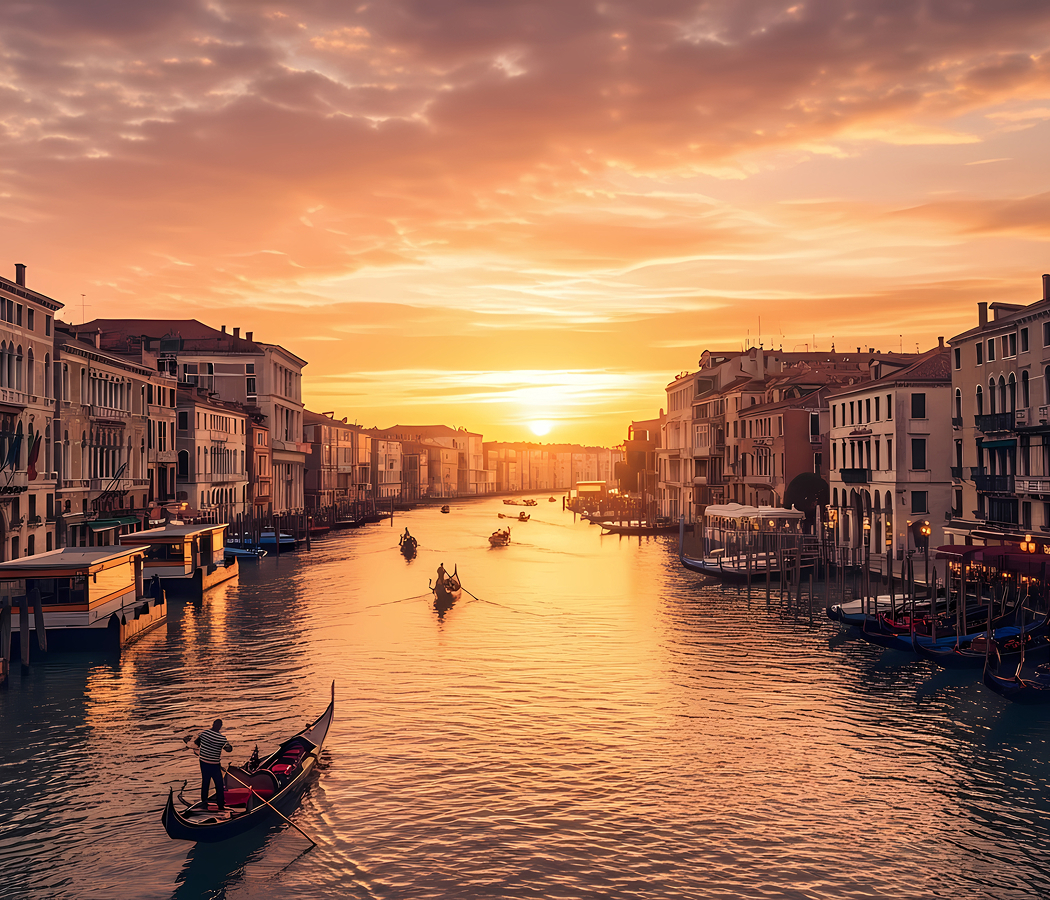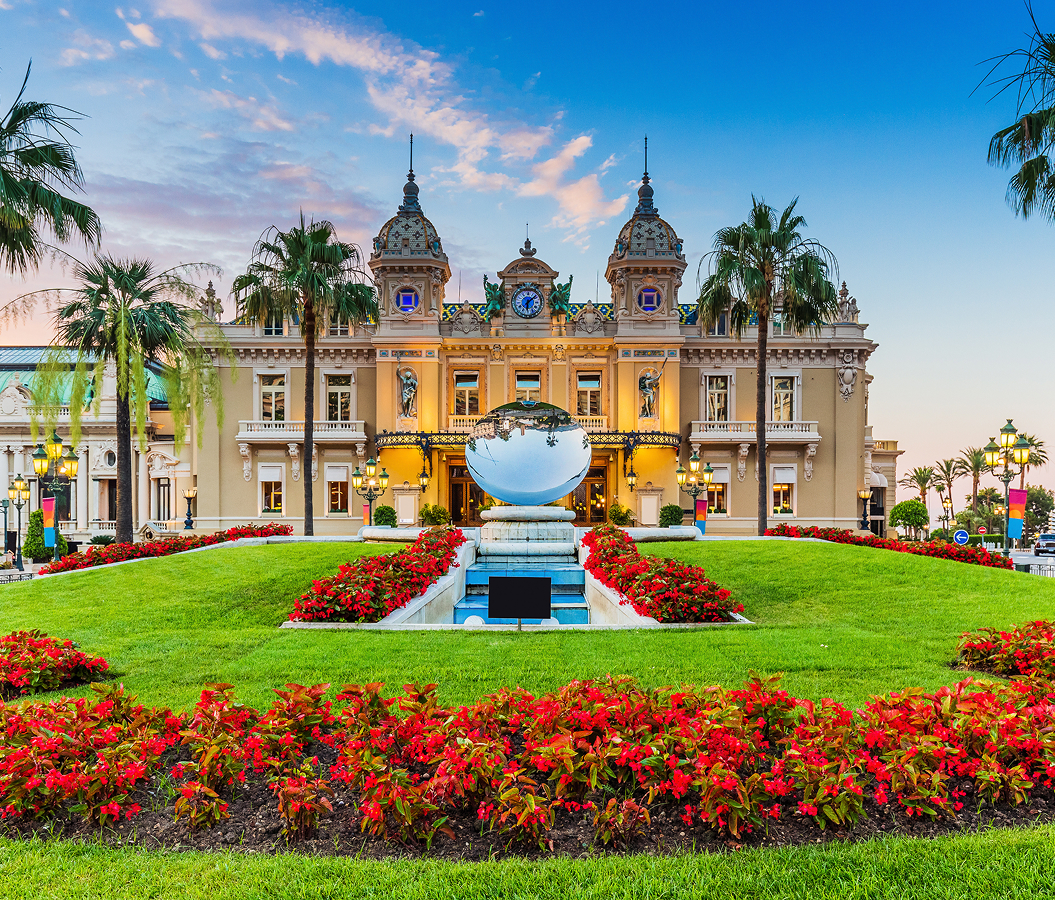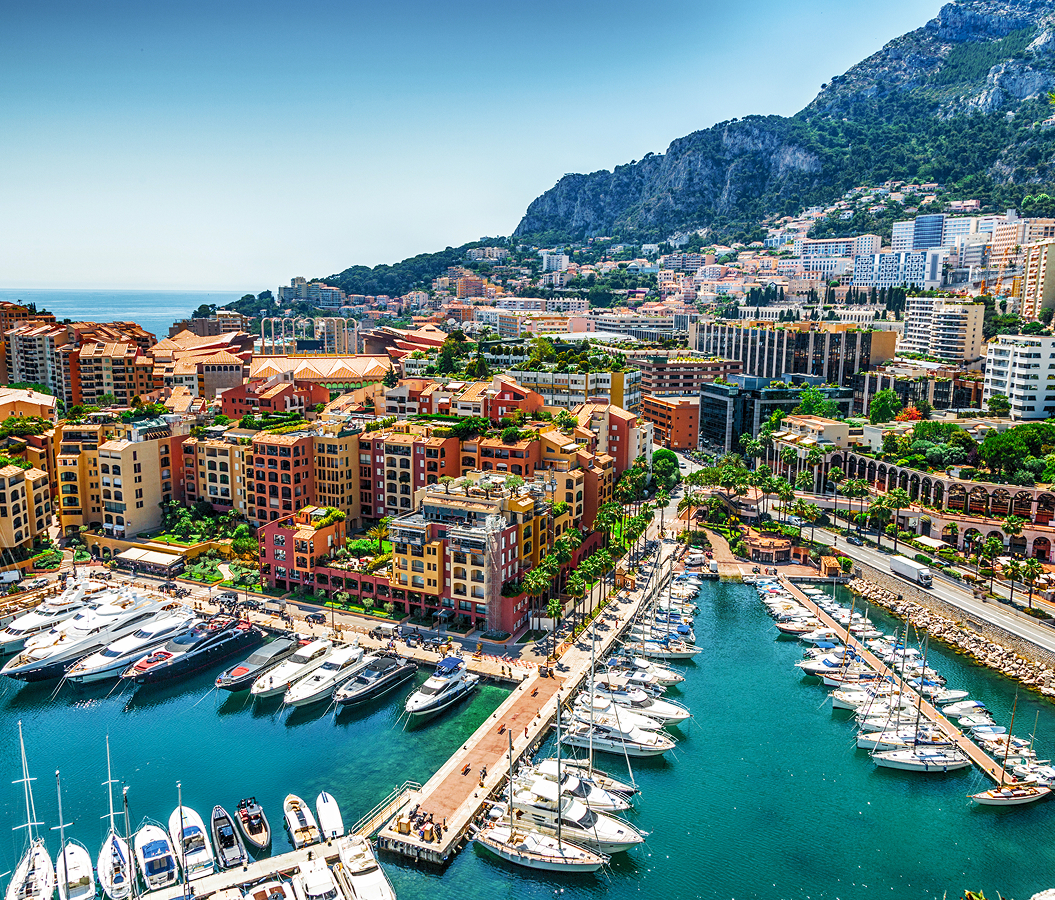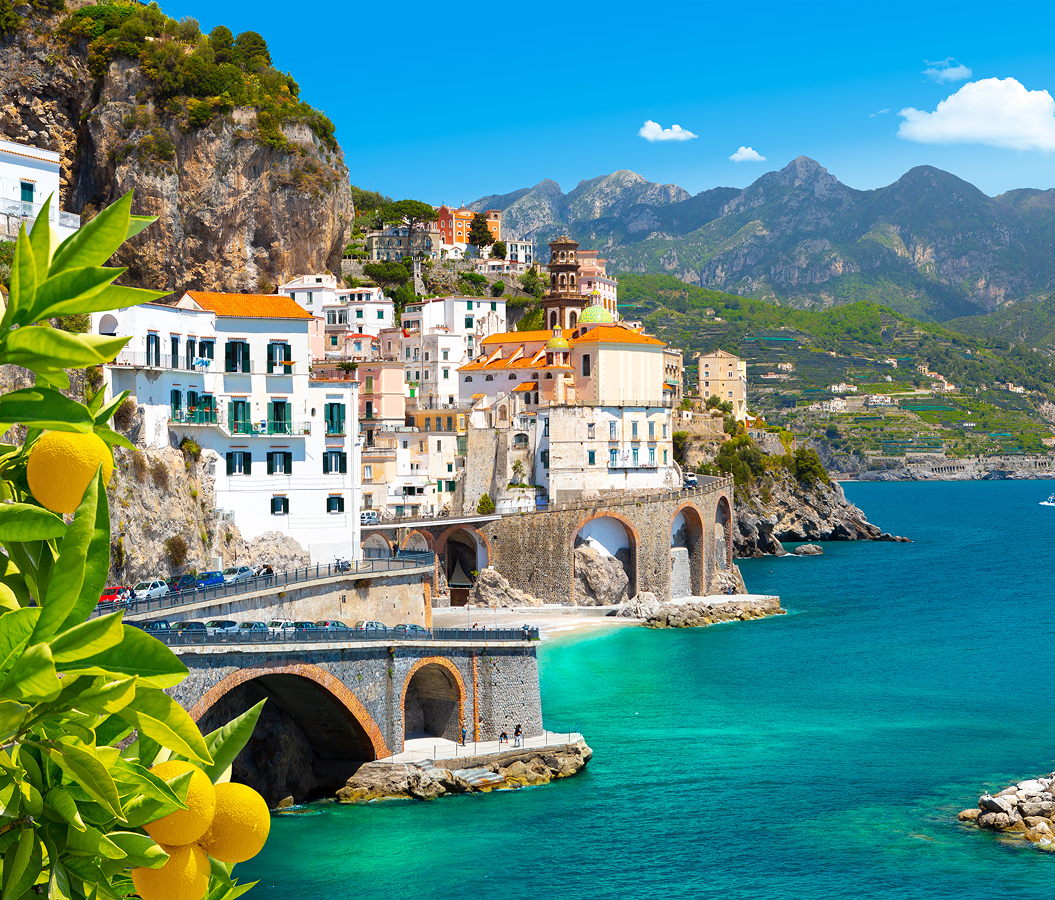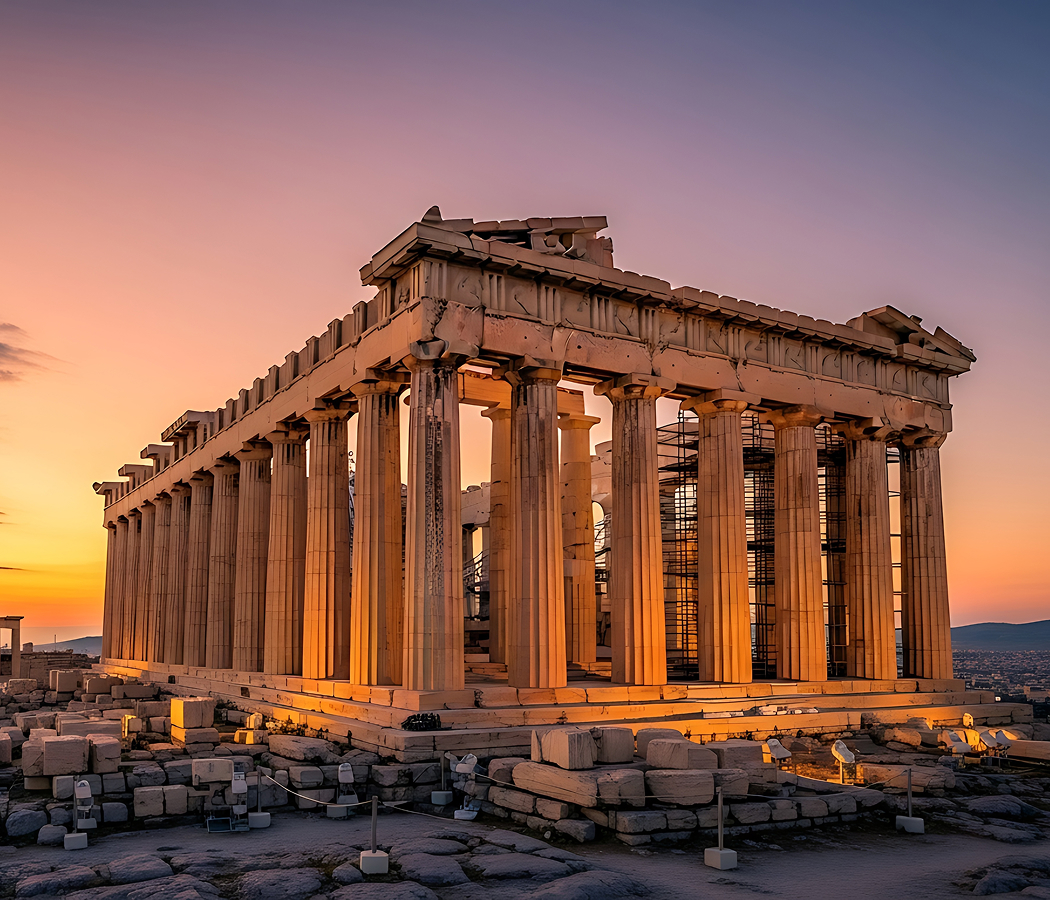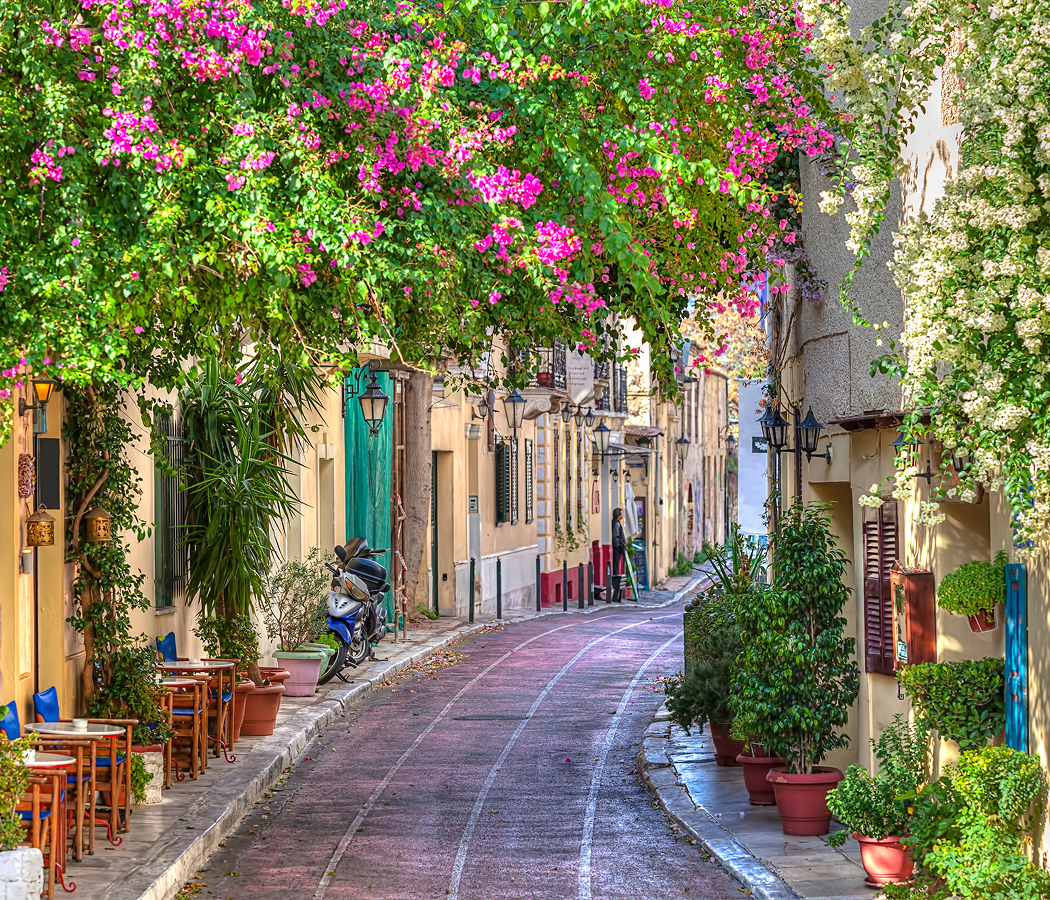
Why you should experience the Ponte di Rialto (Rialto Bridge) in Venice.
The Ponte di Rialto (Rialto Bridge) is more than a crossing, it’s the living heart of Venice, an arch that binds the city’s past, present, and pulse in one graceful sweep over the Grand Canal.
Built entirely of Istrian stone and crowned with a row of bustling shops, the bridge feels less like architecture and more like theater, every passerby a player in Venice’s eternal performance. Standing here, the air hums with life: gondoliers calling beneath its arches, sunlight glinting off rippled water, market vendors echoing from the nearby Rialto Market. This is Venice distilled to its essence, vivid, romantic, a little chaotic, and endlessly photogenic. The view from the crest of the bridge is pure poetry, the Grand Canal unfurls in both directions, lined with palazzi whose facades shimmer like faded paintings. Yet beyond its postcard perfection, the Rialto is a triumph of endurance. It has withstood floods, fires, and centuries of footsteps, a stone witness to everything from medieval traders haggling over spices to lovers whispering promises at twilight. To stand here is to touch the city’s heartbeat, steady, timeless, and impossibly beautiful.
What you didn’t know about the Ponte di Rialto.
The story of the Rialto Bridge is one of daring vision and Venetian pride, an engineering gamble that became one of the world’s most celebrated icons.
Before the 16th century, Venice relied on a series of wooden bridges to connect the districts of San Polo and San Marco, the city’s commercial core. These early structures were fragile, often collapsing under the weight of merchants and goods, or succumbing to fire. When the wooden version finally fell in 1524, the city called for something extraordinary, a single-span stone bridge that would stand for generations. The design was so bold that many architects doubted it could even stay upright. But Antonio da Ponte, whose very name fittingly means “Anthony of the Bridge,” defied expectations. Completed in 1591 after just three years of construction, his design combined practicality and poetry, a single arch of white stone with twin covered walkways, lined with 24 shops whose rent funded its upkeep. Against all predictions, the bridge not only held but thrived. Today, it remains an enduring symbol of Venice’s ingenuity and resilience. Few realize that beneath its elegant arc lies a complex system of foundations, wooden piles driven deep into the lagoon mud, the same technique used for the city’s palaces. The bridge’s symmetry hides its subtle genius: the curve of the arch distributes weight evenly, allowing it to withstand centuries of tides and traffic. And though modern replicas exist around the world, none capture the original’s magic, the way it frames the canal in perfect balance, a sculpture of stone and light.
How to fold the Ponte di Rialto into your trip.
No visit to Venice is complete without crossing the Rialto, but the secret is knowing when and how to experience it.
At dawn, the bridge belongs to the locals, fishermen unloading at the nearby market, delivery boats gliding through quiet waters, the air cool and touched with salt. This is the Rialto at its most authentic, when Venice still feels like a living city rather than a stage. Come mid-morning, the bridge transforms, a river of tourists flows across its steps, and the air fills with chatter and camera shutters. Climb to the central arch and pause at the railing for that iconic view: the Grand Canal curving toward Ca’ Foscari, gondolas drifting like black ribbons, sunlight dancing on the water. Step inside one of the small jewelry or glass shops nestled along the span, many have been family-run for generations. Just beyond, wander into the Rialto Market, a feast of colors and scents where Venetians still buy produce and seafood. For the most romantic experience, return at sunset. As golden light washes over the canal, the stone glows warm and soft, and the city’s reflections double beneath you. Better still, view the bridge from the water, take a vaporetto on Line 1 or hire a gondola to glide beneath its arch, the sound of the oar echoing off stone. At night, when the crowds fade and lanterns shimmer on the canal’s surface, the Rialto becomes almost mystical, a silent guardian of a city that has never stopped reinventing itself. Whether you cross it once or linger for hours, the Ponte di Rialto isn’t just a bridge, it’s a story carved in stone, where every step connects you to six centuries of Venetian life.
Hear it from the Foresyte community.
You don’t come here for peace, you come here to feel Venice in your chest. Market buzzing, gondolas slipping by… and that view. It hits hard.
Where meaningful travel begins.
Start your journey with Foresyte, where the planning is part of the magic.
Discover the experiences that matter most.



